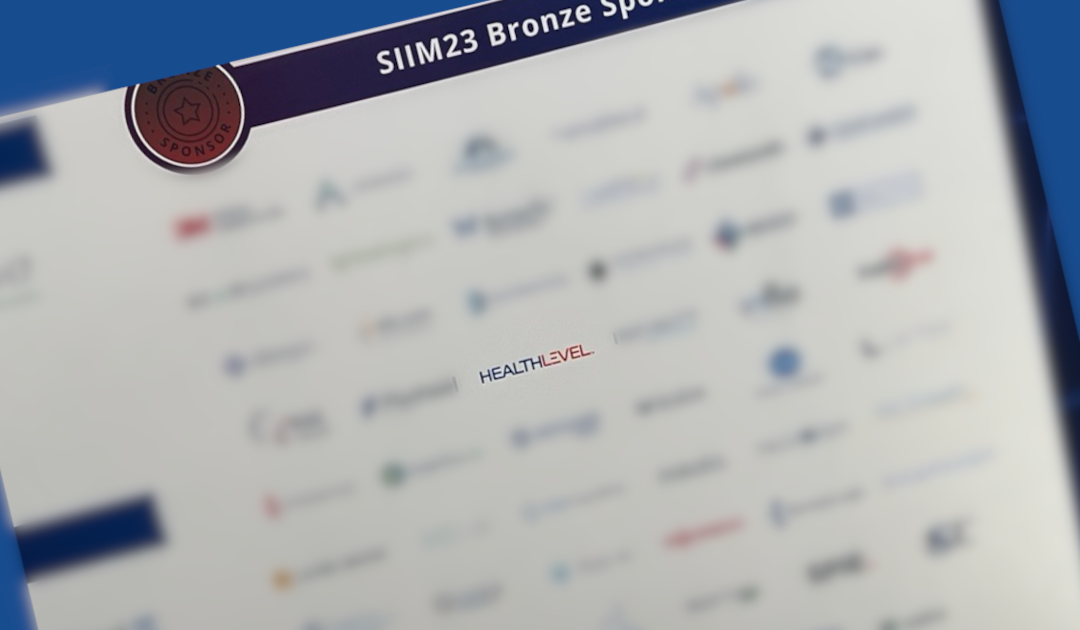If we had one takeaway from SIIM23, it would be this: there are far more people that manually create reports than people who automate them. A cornerstone of Foundations™ is its ability to automate the creation of reports. So, when we talked with our booth visitors (e.g., PACS admins, data analysts, CIIP certified informaticists, etc.), we were surprised to learn that so many of them were still creating reports with Excel; they told us the process was tiring because of the many hours required to produce them. Imagine their delight when we demonstrated how Foundations™ could automate this work for them, saving them countless hours and stress every month.
Understanding the Informaticist’s Point-of-View
While business administrators are focused on driving efficiency and growth, many informaticists are focused on ensuring the health of devices and reporting on their performance. Specifically, they report on by-the-numbers modality throughput, rather than explore ways to increase device capacity (e.g., per hour, per day, per month). When they’re not producing reports, they’re investigating why two devices may not be performing equally; e.g., one device is taking longer to perform an exam. If needed, they manage the logistics related to servicing the device, which also takes time. A few of our visitors stated they were providing efficiency recommendations, but they were the exception. The majority didn’t have much time to go beyond their core responsibilities.
Reporting Challenges
Most of the people we spoke with are still using Excel for reporting. While this does the job at a smaller scale, managing an Excel report becomes monumentally more complicated as a business grows; adding more locations and/or devices means there’s more to manually report on. In fact, one of our visitors spent 40 hours every month to create Excel reports about modality performance for a multi-facility radiology business with over 100 devices. If so much of their time wasn’t needed for report creation, they could be spending more time maximizing device health or going beyond by providing recommendations to support growth of the business. There were a few data analysts who shared that they had selected a partner to automate their reporting. However, they also mentioned that they were running into challenges with customizing the reports.
Automated Reporting With Capacity Modeling
Capacity modeling can be summarized as the ability to understand historical device throughput and capacity, and add machine learning algorithms in order to provide demand forecasting capabilities. Most of the informaticists we spoke with recognized capacity modeling as a precursor to cutting down on staffing, financial, and clinical problems. Foundations™ has capacity modeling and automates report creation using data sources such as HL7 and DICOM. These reports contain details such as modality insights (e.g., throughput per hour) and device performance (e.g., start/stop/table/scan times, average outputs, alerts due to underperformance, etc.)
The result is real-time reporting with actionable insights that allow for on-demand decision making. This is advantageous over manually created reports which could be hours, days, or weeks out-of-date. It’s hard to make a business decision today with information from last week. Real-time reporting leads to time and cost savings; e.g., 40hrs/month @ $60/hr = $28k/yr.
Closing
We appreciated our booth visitors and the conversations we had at SIIM23. We heard first-hand from informaticists about their responsibilities and the challenges they face. We were able to share how Foundations™ automated reporting and capacity modeling features can help make their jobs more productive and less stressful – especially if they’re able to transition from depending on Excel for their reporting needs.
If you didn’t get a chance to meet us, please consider reaching out. We’d be happy to discuss how we can help you overcome the reporting challenges that you’re facing.
HealthLevel is the creator of Foundations™, a radiology business operations platform. By combining financial, clinical, and operational data, it uses analytics to paint a complete picture of a business’s operations. It engages every team member to confidently take actions that improve productivity and increase the bottom line. Learn more.
Want to Learn More? Contact Us.



Recent Comments